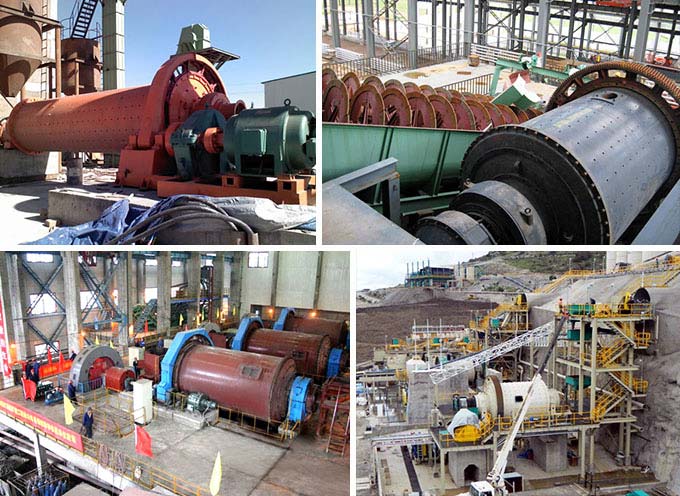For the grinding efficiency of the ball mill and the simulation and optimization for the representation model between the parameters of the mechanism o f the milling machine, the simplified three-dimensional modeling of the mechanism of the milling machine is mainly composed by the large pulley, bearings, connecting rods, rocker and the tray. The grinding tube is fixed on the tray. The eccentric distance between the bearing and the pulley is 60mm. The initial length of the link is 180mm and the initial length of the rocking bar is 120mm. The length of the hinged four-bar mechanism frame is 200mm.
The motor drives the pulley and drives the rotation of the pallet. The action of the hinged four-bar mechanism frame causes the additional swing of the tray. Therefore, the grinding cylinder on the tray does the planetary motion with the tray. The eccentric force produced by the rotation of the rolling cylinder and the friction force between the rolling cylinder and the cylinder wall causes the inter impact and friction between the milling ball and the materials in the cylinder so that the materials can be crushed.

In order to simplify the analysis process, the experts of Luoyang Zhongde Heavy Industries Co., Ltd.have put forward four hypotheses for the structural optimization for the ball mill.
First, the milling body is in the mill barrel and it does the circular motion according to the location layer by layer.
Second, it is the projectile motion after the milling body break away from the cylinder wall.
Third, the sliding between the milling body and the cylinder wall is very small, which can be negligible in the calculation process.
Forth, the impact of the materials in the cylinder body on the motion of the milling body can be negligible.
Most of the grinding impact of the ball mill on the materials is derived from the impact energy of the milling body. However, the grinding rate and the impact energy of the ball mill show the line relationship with any standard and size. In addition, the slope of the line is the grinding rate of the materials.